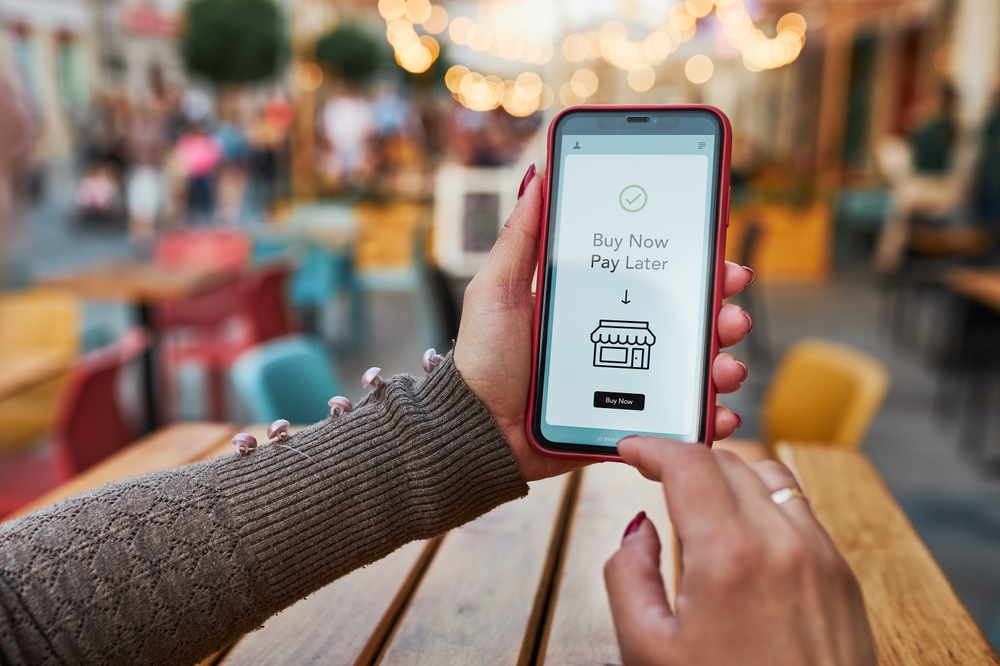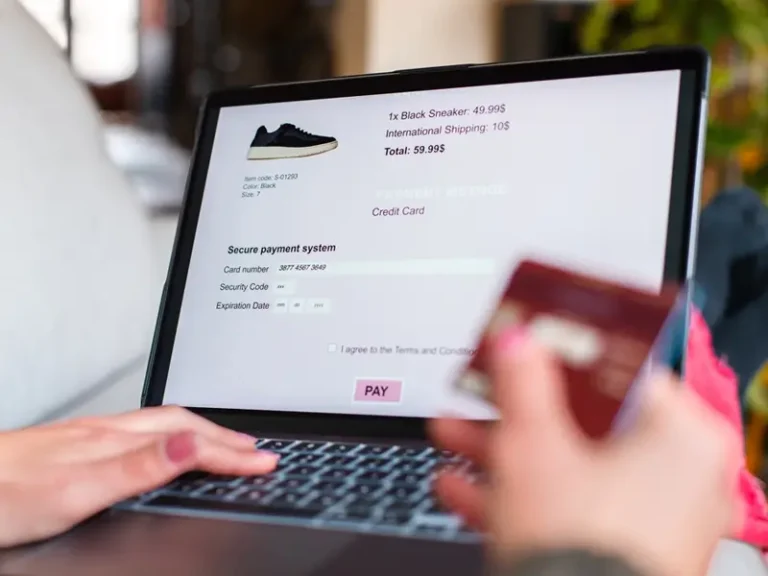A flexible checkout is absolutely necessary if you want to create localised ecommerce shopping experiences that reduce cart abandonment and increase revenue.
Professional athletes spend hours in the gym to build the strength and the skills they need to compete and win. Trainers develop workout programs to get these athletes into peak physical condition. And while the regimes themselves vary from sport to sport and from athlete to athlete, nearly every routine involves improving flexibility.
Whether you yourself are a professional athlete, a sports and recreation enthusiast or someone just trying to get or stay healthy, flexibility is key. Why? Maintaining flexibility reduces the risk of injuries, improves mobility, reduces pain and more.
But flexibility isn’t just important for personal health. It’s critical for international ecommerce success. Why? Ecommerce solutions that can adapt to the needs and requirements in each market let you better serve your customers and run your business efficiently. Let’s take a closer look.
Localisation and Checkout Flexibility go Hand-in-Hand
Having a flexible checkout means you can effectively localise the entire shopping experience in every global market. You may already be tailoring your product selection and promotions to individual markets and that’s good. Shoppers in different markets have different expectations and localisation makes shoppers feel comfortable and confident.
Being able to offer shoppers a checkout experience in their currency with their preferred payment methods and even something as seemingly small as address formats builds trust in your brand, reduces cart abandonment and increases revenue. But to do that in each market means your checkout needs to be flexible enough to accommodate market differences and preferences.
Here are best practices for creating a flexible, localised checkout.
Simplify Complex or Lengthy Forms
It’s no secret—nobody enjoys filling out lengthy and confusing forms, especially when shopping online. For international customers, this frustration is often magnified by unfamiliar address formats and redundant questions.
How to Fix It:
- Keep it short and simple: Only ask for the essentials, like name, shipping address, payment details and contact information.
- Dynamic address fields: Customise address fields to adapt to the selected country automatically. The format for the United States is different from Japan or Germany, so ensuring your form accommodates various formats is essential.
- Auto-fill and validation tools: Use autofill features and address validation tools to reduce data entry and enhance accuracy.
Pro Tip: Offer a guest checkout option that allows one-time shoppers to complete their purchase without having to create an account. Baymard reports that more than one in four survey respondents abandoned their carts because they were forced to create an account to complete their purchase. When you give them this flexibility, they’re more likely to complete their purchase.
Offer The Right Payment Options

Payment preferences vary significantly by country. Limiting your checkout to global methods like Visa or PayPal can alienate customers in regions where local payment options are preferred.
You should also be aware that offering too many payment options is just as detrimental to your checkout conversion rates as offering too few. First of all, too many unfamiliar options looks suspicious and second of all, why make shoppers scroll through payment options tht are not even available in their country?
How to Fix It:
- Support local payment methods: Research your target market and integrate popular local options. For example, add Twint in Switzerland, iDEAL in the Netherlands, or digital wallets in India.
- Offer ‘Buy Now, Pay Later’ options: Payment methods like Klarna, Afterpay or Affirm are increasingly popular and enable customers to split payments into manageable instalments.
By catering to regional preferences, you not only increase trust but also improve your chances of converting shoppers into loyal customers.
Be Upfront About Costs
No one enjoys surprises at checkout, especially unexpected shipping fees, taxes or customs duties. Research shows that 56% of consumers abandon their carts when faced with unexpected costs. To be transparent in multiple, diverse markets, you need a flexible checkout.
How to Fix It:
- Transparent pricing: Display all costs upfront, ideally early in the shopping process. Include shipping fees, taxes and any applicable customs duties right on the product or cart page.
- Duty and tax calculators: Use a tool that also estimates and displays duties and taxes based on the customer’s location. This way, shoppers will know exactly what they’ll pay before completing the purchase.
- Free shipping incentives: Whenever possible, offer free shipping for purchases over a certain threshold—it’s a powerful motivator that can boost both cart size and conversion rates.
Offer Flexible Shipping Options
When it comes to shipping, customers value choice and clarity. International shoppers are often concerned about delivery timeframes, costs and the safety of their items during transit.
How to Fix It:
- Multiple shipping methods: Provide a range of options, from affordable standard shipping to expedited delivery. Customers appreciate the ability to choose what works best for their budget and schedule.
- Clear delivery estimates: Communicate delivery timeframes for each shipping method, highlighting potential delays due to customs for international orders.
- Order tracking: Integrate tracking features directly into your checkout process so customers can monitor their order status in real-time.
- Omnichannel delivery and returns: Give shoppers the flexibility to pick up their orders (and return them if necessary) when and how they want to. Offer buy-online-pick up-in store or an option to pick up their purchase at a locker.
Break Down Language and Currency Barriers
Imagine trying to complete a checkout in a language you don’t understand or need to convert prices into your home currency manually. It’s tedious and often leads to frustration—and abandoned carts.
How to Fix It:
- Localised language options: Offer multi-language support during checkout to ensure customers can fully understand the process and get help if they need it. Focus on localising key markets’ languages first.
- Currency conversion: Display prices in your customer’s local currency, allowing them to shop with confidence. Use tools that calculate real-time exchange rates to ensure accuracy.
Speed Up Your Checkout Process
Did you know that 47% of customers expect a webpage to load in under two seconds? If your checkout process is slow or buggy, even the most enthusiastic customers might leave before completing their purchase.
How to Fix It:
- Optimise for speed: Minimise page load times by compressing images, reducing script usage and optimising for mobile.
- Test for technical glitches: Regularly test your checkout process to ensure its error-free, from adding payment information to processing the final transaction.
- Streamlined experience: Keep the checkout process as short as possible to eliminate unnecessary friction.
Build Trust with Security Signals
Your customers are sharing sensitive information like payment details and home addresses. If your website lacks visible security measures, hesitation is inevitable.
How to Fix It:
- Showcase trust signals: Include SSL certificates and secure payment icons on your site, especially during checkout.
- Highlight return policies: Clearly display your customer-friendly return and refund policies to reassure shoppers about their purchase.
Small details like these can go a long way in establishing trust.
The Takeaway
An optimised ecommerce checkout process is more than just a nice-to-have—it’s a must-have for attracting and retaining customers on a global scale. By simplifying forms, offering local payment methods and being transparent about costs, you’ll remove key barriers that prevent international shoppers from completing their purchases.
To deploy the flexible checkouts necessary to fully localise the shopping experience takes time and money. Getting it right in one market may be doable in-house but at scale, it’s expensive and complex. You don’t have to go down that road; we can help. In fact, see how we helped luxury Italian jewellery company Damiani expand into new markets and achieve success.





